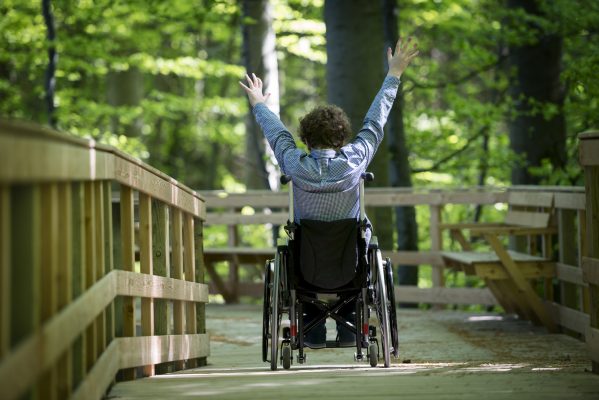Balancing your physical requirements for a house with your wish list for your forever home can be challenging. But ensuring a healthy home living environment is one of Building Biology Institute’s priorities, and there are plenty of tips to help you achieve an Institute-approved living space. Here, you’ll learn how to prioritize a safe and accessible home.
First Time Buying? Do Your Homework
If you’re a novice homebuyer, it’s crucial to get prepared. Checking (and perhaps raising) your credit score, outlining a budget, finding a real estate agent, and gathering paperwork are all vital steps. Keep in mind that you may be eligible for special programs, too, whether first-time homebuyer programs or grant programs to support accessible modifications. Buying a home can involve many additional costs, but knowing what to expect can help you prepare your bank account.
Seek the Right Location
Finding a healthy home starts with choosing a location that offers the coziness you want and the comfort you need. For example, you won’t want to choose a property near any high-tension electric power transmission lines. As the WHO notes, long-term exposure to electromagnetic fields can cause nerve and muscle stimulation, among other issues. Since cancer studies have explored the connection between such radiation and many illnesses but found inconclusive results, it’s ideal to avoid such exposure. In general, the farther your new home is from highways, roadways, and factories, and power lines, the better.
Look at the Property with a Critical Eye
Sometimes, first appearances can indicate whether there are underlying health threats in a home. For that reason, a closer look is often prudent. Examining any potential property for standing water, mold, or leaks is essential for avoiding unhealthy living conditions once you move in. Mold, in particular, can aggravate allergies and cause respiratory problems in homeowners and even in their pets. Even when mold isn’t visible, you can check it with a specific test, notes Bob Vila, called a viable mold test kit.
Keep an Open Mind
Since buying an older home is often healthier in terms of biological safety, you may be looking at properties that are past their ‘prime.’ While these homes are healthier and offer lower exposure to many modern toxins, retrofitting can become a challenge. Fortunately, a few simple steps can help you navigate wheelchair accessible improvements after you purchase. Working with a skilled contractor is one necessity but making your wishes – and needs – known is vital. Financial assistance in the form of disability grants may make it easier to afford necessary updates as well. However, you may want to incorporate such updates into your budget well in advance.
Plan to Make Updates
Unfortunately, very few homes are accessible by default, especially older properties. Even modern homes may lack the necessary amenities to ensure your comfort while using mobility aids. Odds are, you will need to make a range of updates that accommodate your wheelchair. Fortunately, many projects are easy to complete – such as adding ramps to your entryways, swapping door knobs for levers, and widening doorways. Even better, many older properties incorporate open floor plans by default. The popularity of open-concept housing means fewer modifications are necessary to achieve a comfortable and navigable home interior.
Though finding your perfect home can be challenging when you combine accessibility needs with stringent health priorities, it can be done. With these tips in mind, you can narrow down your search and feel confident in your purchase. And if you do need to make modifications, navigating them is much easier with a bit of know-how ahead of time.
Turn to the Building Biology Institute for additional information and inspiration in your pursuit of a healthy living environment.

